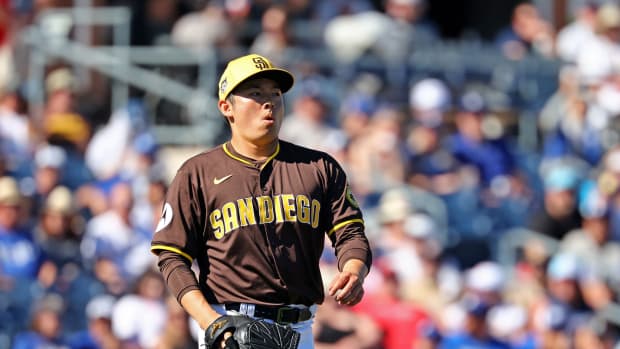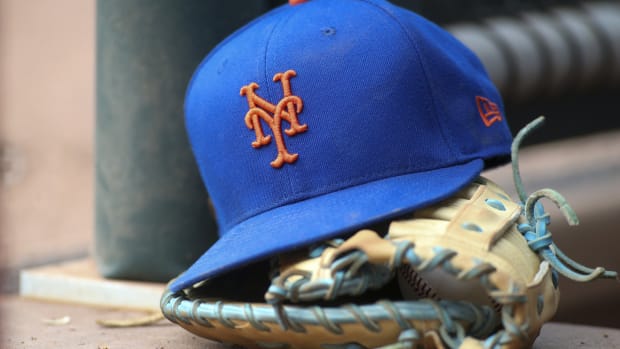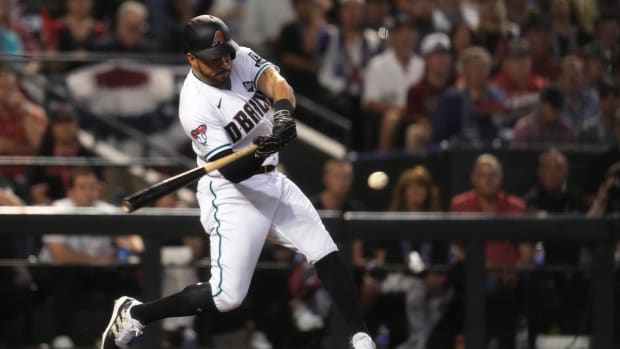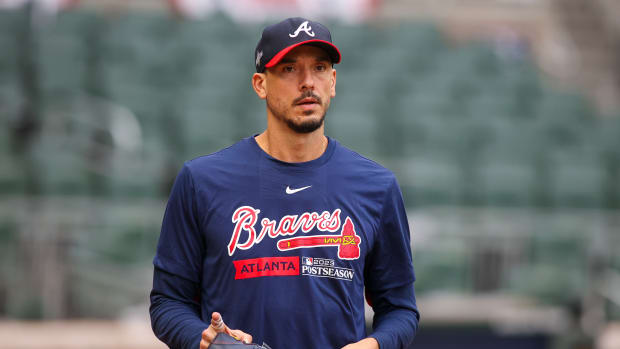Long Time Coming: Craig Kimbrel Joins Cubs After Lengthy Free Agency Stint
Sixteen different pitchers have recorded the final out in a game for the 2019 Cubs. Twelve have been used in save situations. The team’s committee approach likely stops now, though: Chicago has its man in Craig Kimbrel.
It’s been 222 days since Kimbrel’s last appearance on the mound, in Game 4 of the 2018 World Series. Over the last seven months, he’s gone from top free agent to perplexingly-still-available free agent to symbol of all that might be going wrong with modern free agency. When the clock struck midnight on Sunday, however, the compensatory draft pick attached to him through the qualifying offer expired, and Kimbrel’s market finally began to heat up. Given the nature of relief pitching, just about every aspiring contender could use a little extra depth in the ‘pen—Chicago has always had a clear need here, however, and the team has now reportedly inked the elite closer to $43 million for three seasons, with an option for a fourth.
All winter, Chicago knew that it would have to start the season without injured closer Brandon Morrow, who would need the first month of the year to finish recovering from elbow surgery in November. Just before the start of the season, however, Morrow suffered a setback and was shut down; he has yet to pitch this year and still does not have a timetable for return. In his absence, the ‘pen struggled mightily during the first few weeks of the season, lowlighted by several disastrous meltdowns. It’s since found a balance, with more than a month of far more respectable performances, and it now ranks in the top third of ‘pens with a 4.02 ERA—albeit with the highest walk rate in the National League.
The Cubs have managed their recent results without a traditional closer, however, sharing their final innings between Steve Cishek, Brandon Kintzler, Pedro Strop, Kyle Ryan, and Carl Edwards, Jr., among others, and there’s still room for improvement. Kimbrel can bring a sense of stability. While it’s anyone’s guess how he’ll perform immediately after his extended layover, there’s little reason to believe he shouldn’t soon reclaim his position among the best closers in the game. Now that he’s active again, Kimbrel will be baseball’s active saves leader once again; he’s thrived in the (increasingly rare) role of the traditional closer, with at least thirty saves in each of his eight full seasons. Now 31, Kimbrel still has a 97-mph fastball and wipe-out slider, and while he’s not without his worrying spots—in two of the last three seasons, he’s had a concerningly high walk rate—he’ll still become the strongest option in this ‘pen.
The signing is likely to draw comparisons to the team’s last high-profile midseason acquisition of a closer: Aroldis Chapman in 2016, en route to the World Series. Outside of the obvious (and major) difference of this being an unusually late free-agent signing, rather than a trade deadline pick-up for prospects, the club is in a very different place now than it was three years ago. The Cubs were in first place for the entirety of 2016, maintaining a buffer of five games or more from May through September. Chapman brought security for October, but even without him, there had been virtually no doubt that the team would get there.
The 2019 Cubs’ path has been different. While Chicago has been in first place for most of the last month—after climbing up from the bottom of the division after a rough start—it’s never had a lead bigger than two-and-a-half games, only barely out of reach of Milwaukee, and not far ahead of St. Louis. The Cubs have been better than their record indicates (with the largest run differential in the division, and the second largest in the National League) but, as is, they don’t have very much margin for error here. The NL Central could easily come down to a single game, as it did last year, and any individual roster move could end up being crucial in making it to October. Chicago might not have had any single potential move open right now that could be as crucial as adding Kimbrel. (With all things considered, it isn’t a particularly costly one, either: The reported deal is a fraction of what had originally been thrown out as a possibility for Kimbrel, and the team should be able to stay under the luxury tax threshold, thanks in part to the recent absence of Ben Zobrist.)
It remains baffling that Kimbrel could stay available as long as he did, and with a deal finally done, perhaps the coming days and weeks will bring clarity on the details. Through the months of his free agency, the conversation increasingly focused on external topics: the problems with the current market, or the value of a draft pick, or the prevailing trends in ‘pen construction. Now, finally, there’s reason to focus on the original core here, plus something new: Kimbrel’s talent, and just how much he can do for the Cubs.


































